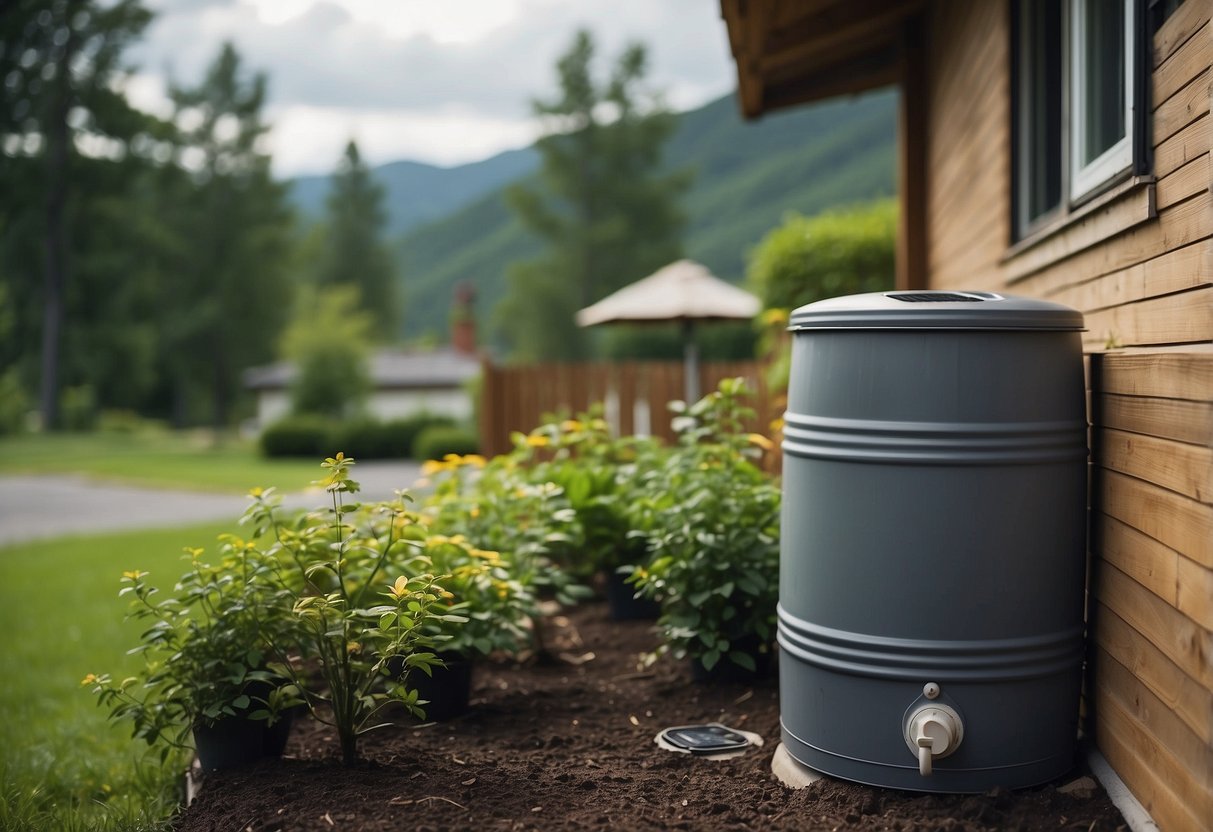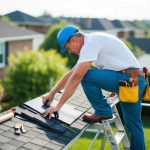DIY Energy-Saving Hacks: Lower Utility Bills with Easy Solutions
Effective Use of Ceiling Fans and Space Heaters
Ceiling fans and space heaters are useful tools for maintaining a comfortable environment while managing energy usage. Ceiling fans can circulate air, creating a wind-chill effect that makes the room feel cooler during summer. In the winter, reversing the fan direction pushes warm air down from the ceiling, enhancing comfort without overworking the furnace.
Space heaters offer a targeted heating solution for individual rooms, reducing the need to heat the entire house. This is particularly beneficial for smaller living spaces or during periods when only one room is in use. Using these devices wisely can help manage energy costs while maintaining a comfortable indoor climate year-round.
Effective Insulation and Sealing Techniques
Making improvements in insulation and sealing your home can significantly reduce energy usage and lower utility bills. Attention to windows, weatherstripping, and insulation in key areas can dramatically impact your home’s energy efficiency.
Upgrading to Energy-Efficient Windows
Energy-efficient windows are crucial in preventing energy loss. Double or triple-pane windows with low-emissivity (Low-E) coatings offer better insulation. These windows reduce heat transfer, keeping homes cooler in summer and warmer in winter. Proper installation is essential to prevent air leaks, which can undermine the benefits. Replacing old or single-pane windows with newer models can lead to substantial energy savings and improve indoor comfort.
Installing Weatherstripping and Caulking
Weatherstripping and caulking are straightforward yet effective methods to seal air leaks around doors and windows. Weatherstripping involves applying materials such as foam, rubber, or felt to movable joints to block air flow. Caulking is used to seal stationary joints and cracks, especially around window frames and door frames. Properly installed weatherstripping and caulking create an airtight seal, reducing drafts and enhancing energy efficiency.
Improving Insulation in Key Areas
Insulating attics, walls, and floors is vital for energy conservation. In the attic, adding fiberglass, cellulose, or spray foam insulation can prevent heat loss in winter and keep cool air inside during summer. Walls with inadequate insulation can benefit from adding blown-in insulation or foam boards. Floor insulation, especially over unheated spaces like garages, helps maintain consistent indoor temperatures. Focus on these key areas to optimize energy savings and improve overall home comfort without major renovations.
Water Conservation Strategies

Effective water conservation can significantly reduce energy costs and lower utility bills. Key strategies include reducing hot water usage and fitting low-flow showerheads.
Reducing Hot Water Usage
Reducing hot water consumption can lead to substantial savings on energy bills. One effective method is to shorten shower times, as heating water accounts for a significant portion of household energy use. Families can also wash clothes in cold water and use energy-efficient appliances, which consume less hot water and reduce the strain on the water heater.
Regular maintenance of the water heater ensures it operates efficiently. Sediment buildup in the tank can decrease its efficiency, leading to higher energy costs. Insulating water pipes helps retain heat, reducing the need for reheating water. These steps can collectively lead to significant energy savings.
Fitting Low-Flow Showerheads
Installing low-flow showerheads is a practical way to conserve water without sacrificing performance. These showerheads reduce the flow rate of water, using fewer gallons per minute while maintaining strong water pressure. This simple upgrade can greatly decrease water usage during showers, resulting in lower water and energy bills.
Low-flow showerheads are easy to install and come in various designs to suit different preferences. Choosing models with a WaterSense label ensures they meet efficiency standards set by the Environmental Protection Agency. In addition to saving water, less hot water usage means reduced energy consumption by the water heater, further contributing to overall savings.



